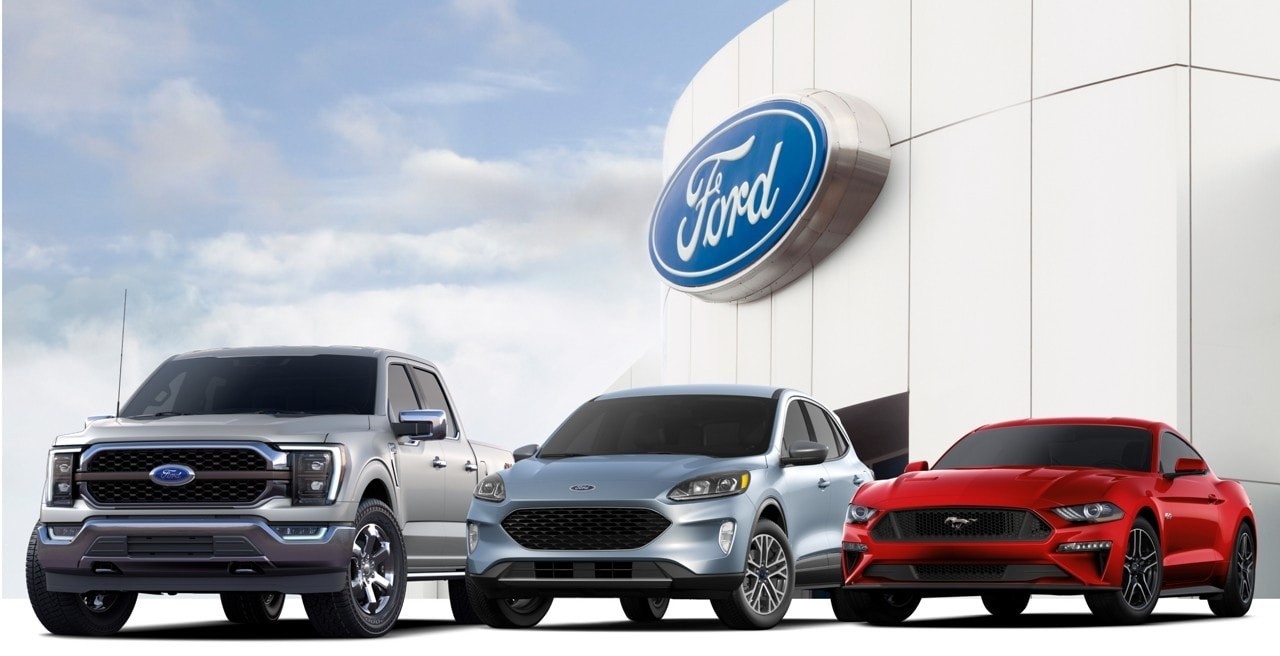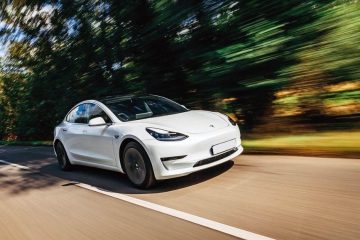Ford Could Get 50% More Profit Without EVs

Pickup trucks and big sport-utility vehicles are too heavy to turn into efficient electric vehicles. Ford’s results showed Tuesday that this is both a blessing and a curse for the companies that make the monsters of the road.
As with General Motors last week, the big news at Ford was an upbeat outlook for 2024. At the midpoint of guidance, the pioneer of mass production expects an adjusted operating profit of $11 billion this year. Before the report, released after hours, analysts expected just $9.6 billion, according to FactSet. Last year Ford made $10.4 billion.
The stock was up 6% in premarket trading Wednesday. Investors had been worried about falling vehicle prices as pandemic shortages ease, higher labor costs following last year’s United Auto Workers union strike and, above all, the continuing challenge of making EVs profitable. Yet Ford noted tailwinds that would tip the scale toward growth: resilient U.S. sales, the absence of last year’s strike costs, the impact of last year’s cost-cutting program and a full year of profit from the new Super Duty F-Series truck.
GM said something similar last week. But the new business split introduced by Ford last year also puts eye-opening numbers on some of the parts moving under the hood.
Ford’s “Pro” business, which comprises its sales to companies is the engine behind Ford’s results. It made $7.2 billion of operating profit last year, and the company expects that to rise to at least $8 billion in 2024. The supersize Super Duty, which is mainly a professional product, is a key reason. It is also easier to sell software to businesses than consumers, who can get a lot for free.
Meanwhile, electric vehicles lost $4.7 billion last year, and the company sees the losses deepening to between $5 billion and $5.5 billion this year. To put this another way, if Ford weren’t selling its Mustang Mach-E and F-150 Lightning models and investing in a new generation of products to replace them, its adjusted operating profit would be 50% higher.
Ford and GM are in a similarly confusing strategic position. The strength of their core businesses and the limited scope of Tesla’s Cybertruck underline the limitations of today’s EV technology for pickup trucks and SUVs. But giving up on EVs is hardly an option either. The big jump in profit would be accompanied by impossible long-term questions. Chances are that battery technology will eventually improve to the point of working in larger vehicles.
Mixed messaging reflects their ambivalence. On Ford’s earnings call Tuesday, Chief Executive Jim Farley stressed that he would only launch next-generation EVs that will be profitable within a year, meaning some products are being pushed back. But Ford is still planning to devote 40% of its capital expenditures to the technology in 2024—the same share as last year. And Farley still has his sights on the EV growth opportunity.
“The ultimate competition is going to be the affordable Tesla and the Chinese OEMs,” he said.
A messy transition is keeping a lid on Ford and GM shares, which trade at less than seven and five times earnings respectively. Delaying investments helps profit, but it also postpones the day when investors can stop worrying about their future.







